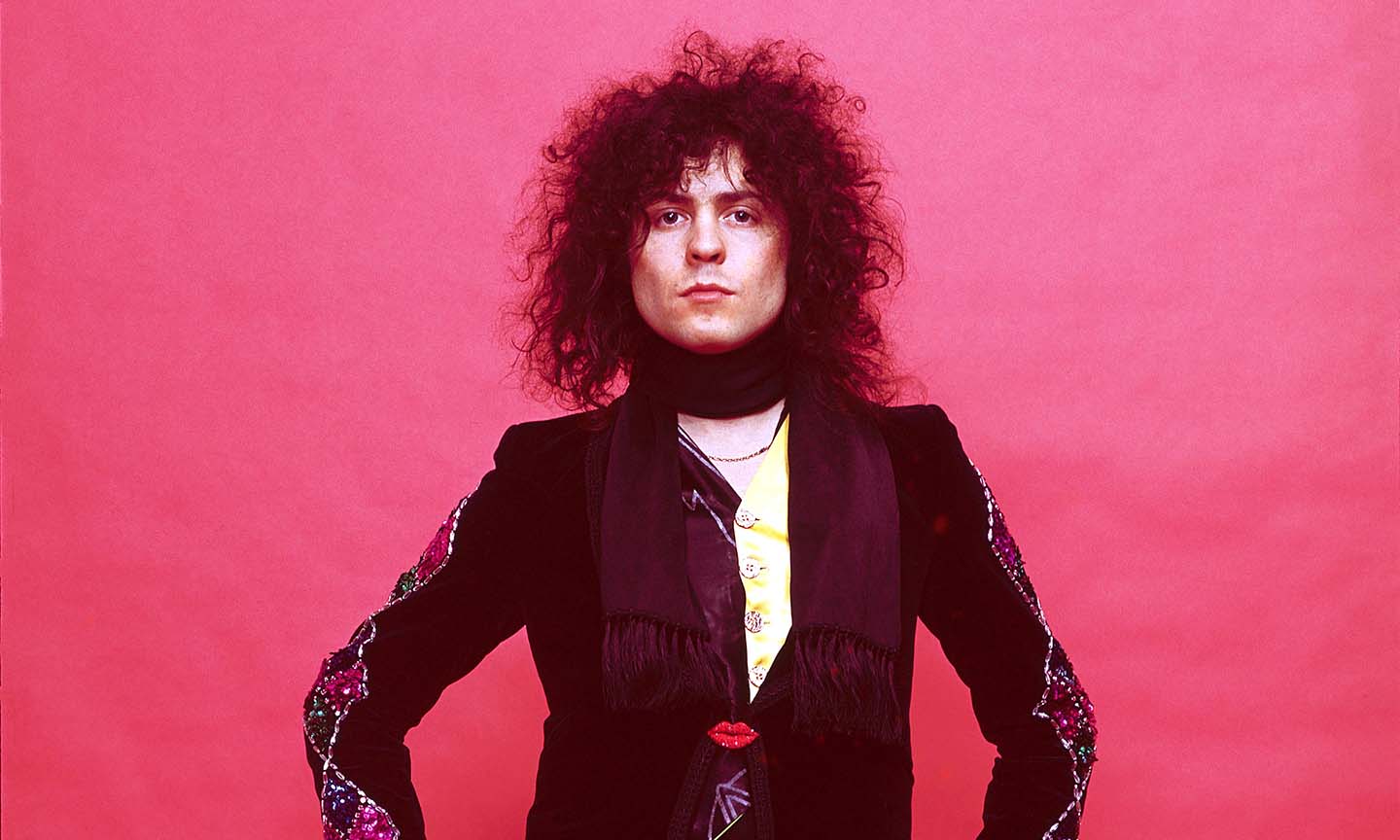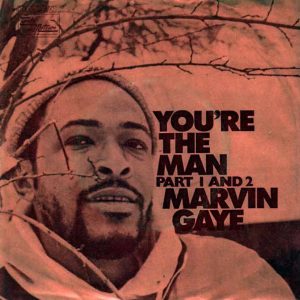Morrissey, in his foreword to Tony Visconti’s autobiography, says, “At its highest artistic peak, with the strange flood of ‘Telegram Sam’ and ‘Metal Guru’ we are assaulted by the musical equivalent of secret stairways and false walls, and something enters into me which I can barely fathom. I wanted pop music to be true.”
For a newly teenage Morrissey, “Metal Guru,” T.Rex’s fourth and final UK No.1. was a special record. It was the same for so many folks that grew up listening to Marc Bolan’s irresistible mix of glam, harmony, thrusting pop with the added magic of Tony Visconti’s brilliant arranging and production skills.
The similarities between The Smiths’ “Panic” and “Metal Guru” are no coincidence. Johnny Marr even told French publication Les Inrockuptibles back in 1999 that when the band was writing “Panic,” Morrissey was obsessed with “Metal Guru” and wanted to sing in the same style. He even “exhorted” Marr “to use the same guitar break.”
“Metal Guru” was recorded at Chateau d’Hérouville (the “Honky Chateau” according to Elton John) during three days of wall-to-wall recording; in all 17 songs were cut at the chateau. Returning from Paris, work was completed at 10cc’s Strawberry Studios.
According to Bolan “‘Metal Guru’ is a festival of life song. I relate ‘Metal Guru’ to all Gods around. I believe in a God, but I have no religion. With ‘Metal Guru,’ it’s like someone special, it must be a Godhead. I thought how God would be; he’d be all alone without a telephone. I don’t answer the phone any more. I have codes where people ring me at certain times.”
The single entered the chart on May 13, 1972, at No.14 and a week later it was at No.1, replacing The Royal Scots Dragoon Guards version of “Amazing Grace.” A month later, T.Rex were toppled by Don Maclean’s “Vincent” having kept Elton John’s “Rocket Man” from No.1 – which was also recorded at the Honky Chateau.
Listen to the best of T.Rex on Apple Music and Spotify.




